A woman dressed in a 1950s-style dress stands smiling as she fixes her hair, against the backdrop of rural Egypt. A scene that follows is a young girl dancing baladi (Egyptian belly-dancing), and a group of people socialising.
These shots are part of footage reels providing a glimpse into the life of a middle-class family living in 1950s and 60s Egypt. The family home movie, shot by a physician in the Egyptian Air Force, E.H.Eassa, was released by Periscope Film – an American archival film company that shares footage spanning the history of the military, the air force, the navy, the marines and the coast guard.
Giving the audience a feel of what it meant to be an Egyptian living in the country at the time, the film features clips of Eassa’s family as they visit the Pyramids of Giza, the Sphinx, and other spots around Cairo.
The film begins with the family visiting their ancestral village in the Sharqia governorate followed by a succession of scenes depicting downtown Cairo as family members take a stroll through Talaat Harb street, which at the time was named Suleiman Pasha street – an ode to a general serving under Mohammed Ali’s rule.
Iconic landmarks of the capital including Tahrir Square can be spotted in the background as the family goes about their outings. In one quintessential shot, the Egyptian Museum of Antiquities looms behind a man who is looking straight at the camera as he smokes his pipe, with a vintage camera strapped onto his shoulder.
The footage, which is in black and white, transports its audience to a time known in Egyptian history as the golden age of cinema; a period when both entertainment and culture were flourishing. Between the 1940s, 1950s, and 1960s, Egypt’s film industry saw actors and actresses travelling from across the Middle East and North Africa to find fame in Egypt.
Thriving at the time, the country’s cinema industry gave birth to some of Egypt’s most iconic films; it saw the rise of cinema’s golden couple Faten Hamama and Omar Al Sharif, who captivated hearts both on-screen and in real life.
The films coming out at the time displayed much of the fashion that was worn on the streets, much of which — especially when it comes to middle-class women’s attire — was far less conservative.
Traffic and overcrowding were still but a distant myth for Cairo of the 1950s, as Egypt’s population stood at 24 million.
The 1950s were an era of reforms in Egypt as British colonisation was coming to an end. However, residual influences from its Western colonisers, who had controlled the country since 1882, lingered.
With Egypt’s liberation from British rule came the liberation of women in several spheres, one of which was education. Under president Gamal Abdel Nasser, who came to power in 1956, women were encouraged to pursue higher education and become contributing members in the development of the nation.
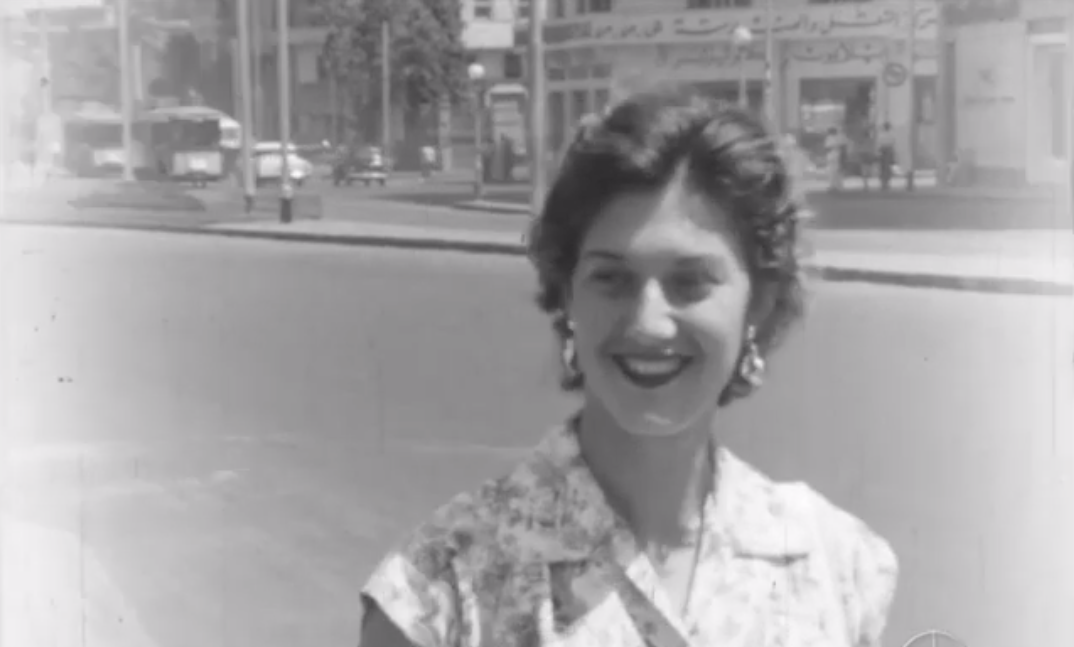
The liberation of women was synonymous with the image being built of a modern Egypt. This was implemented on a wide scale with the media of the time publishing photos that were emblematic of the trajectory towards modernisation and women’s freedom – Egyptian women were represented working in factories; cooking in the kitchen with the latest appliances; and going to school in magazines, pamphlets and textbooks.
It was in 1956 that women gained the right to vote along with a series of other rights including that of holding public office; they became vital to the revolutionary spirit taking hold of the country. However, gender inequalities, to a certain extent, remained within their personal or family lives, in many instances.
Under independent rule, Cairo saw the proliferation of public education with an aim to educate the masses. However, this move finds its roots in “a century-long programme” that came as part of the 1923 constitution, which had as one of its goals to implement compulsory education for all Egyptian children, as per Egypt’s Economic Research Forum (ERF).
In the 1950s and 1960s, Egypt witnessed an era of progress, modernisation, and reforms. Hints of the fast-paced modernisation, and simultaneous Western influence, could be felt in the fashion trends of that decade.
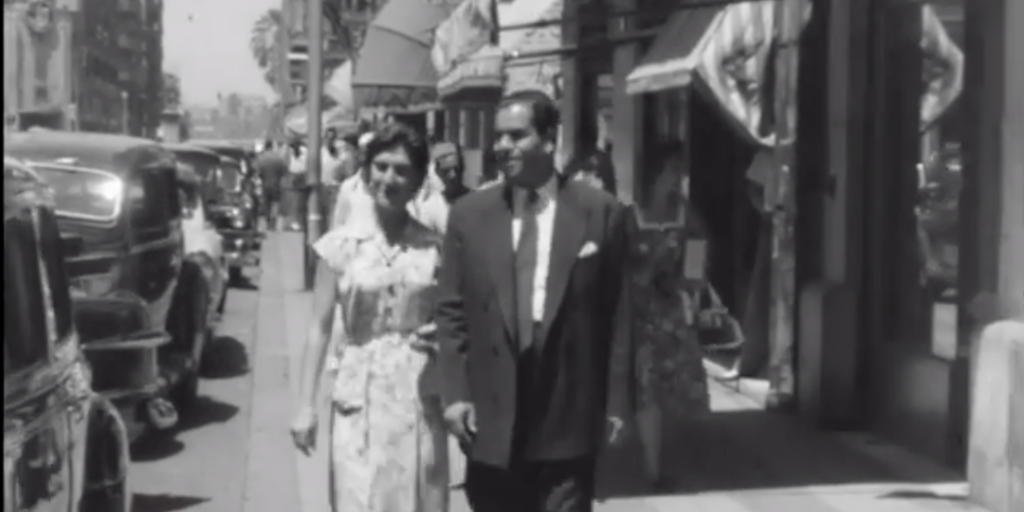
In the footage released by Periscope Films, Egyptian women are seen sporting modern dresses and hairstyles influenced by European fashion. In one scene in particular, portraying a man and a woman strolling down the streets of downtown Cairo, the woman is wearing a patterned, short-sleeved dress reminiscent of defining styles seen across Europe in the 1950s, while the man is dressed in a westernised hat, shirt, and trousers. As the film progresses, women wearing traditional Egyptian garbs are also depicted. The closing shots, however, present an unequivocal staple of the country as the film ends with the family’s visit to the Pyramids of Giza, and the Sphinx.
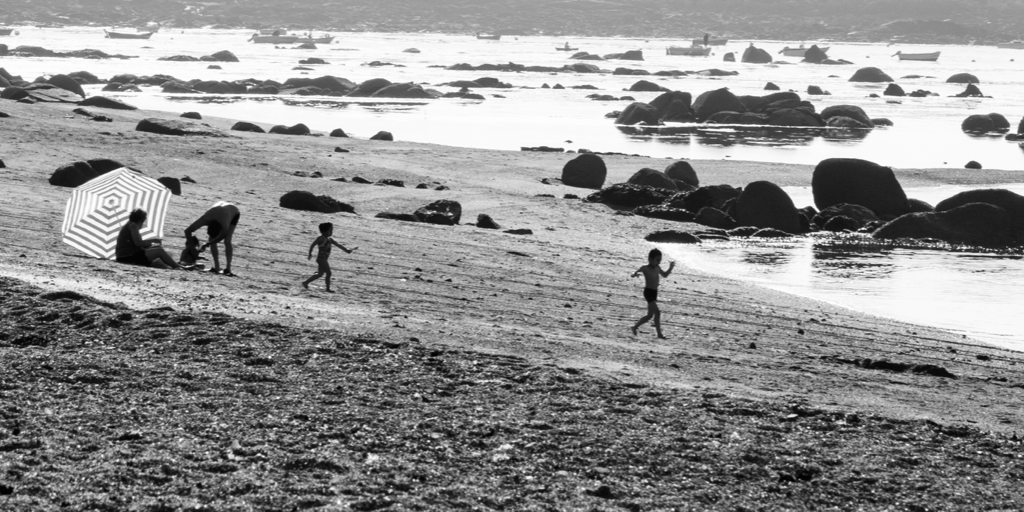



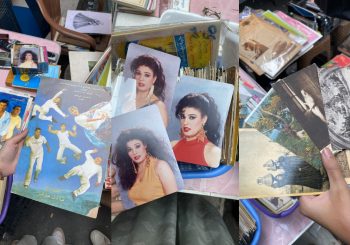
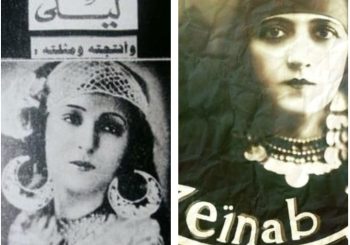

Comment (1)
[…] Glimpsing Egypt’s 1950s Through Archival Footage […]